Segovia

Segovia was my final day trip from Madrid, and was an absolutely perfect one. It would also be great as a first day trip – the town is small and manageable and has two world-famous sites, both of which are spectacular (even when compared with everything I’d seen so far). Segovia was named a World Heritage Site by UNESCO in 1985 for its landmarks and Jewish history, but possesses a sense of calm you probably won't find in Toledo.

From Madrid Chamartin, Segovia was an easy half-hour train ride. Following another half hour from the station into town on the world’s slowest tourist bus, I was standing by the Roman Aqueduct. As cool as that massive structure was, I knew I could catch it on the way back – instead, I headed straight for the tourist office to ask about the bus to the Alcazar. This is key: Bus 9 will spare you a mile-long hike up to the Alcazar, the last thing you want to be doing during a Spanish summer.

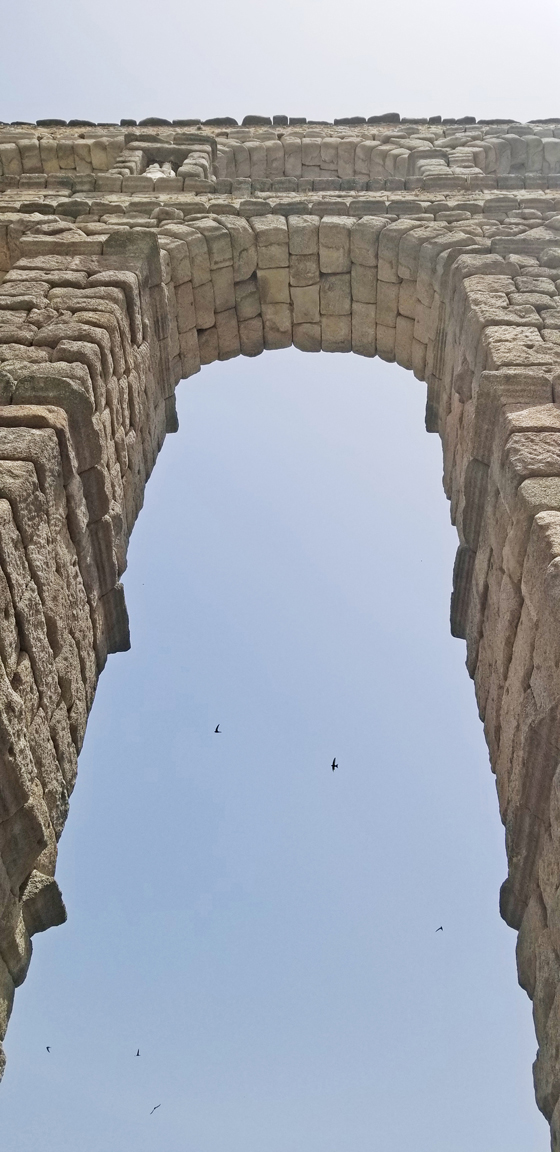


The bus was tiny, a necessity for the narrow cobblestone streets. The only other passengers were a large American family from Georgia, visiting their grown daughter who had visited often enough to know about the bus as well.
We were dropped off at the Alcazar. I know it’s largely a modern-ish recreation – like Neuschwanstein in Germany – but it really is spectacular. It has amazing views, interesting décor, and isn't too small or too overwhelming. (Because of the number of pictures I took there, it's getting its own post.) After going through the castle, I climbed John’s Tower. The 360° vista of the surrounding golden hills and plains is spectacular - well worth the climb.

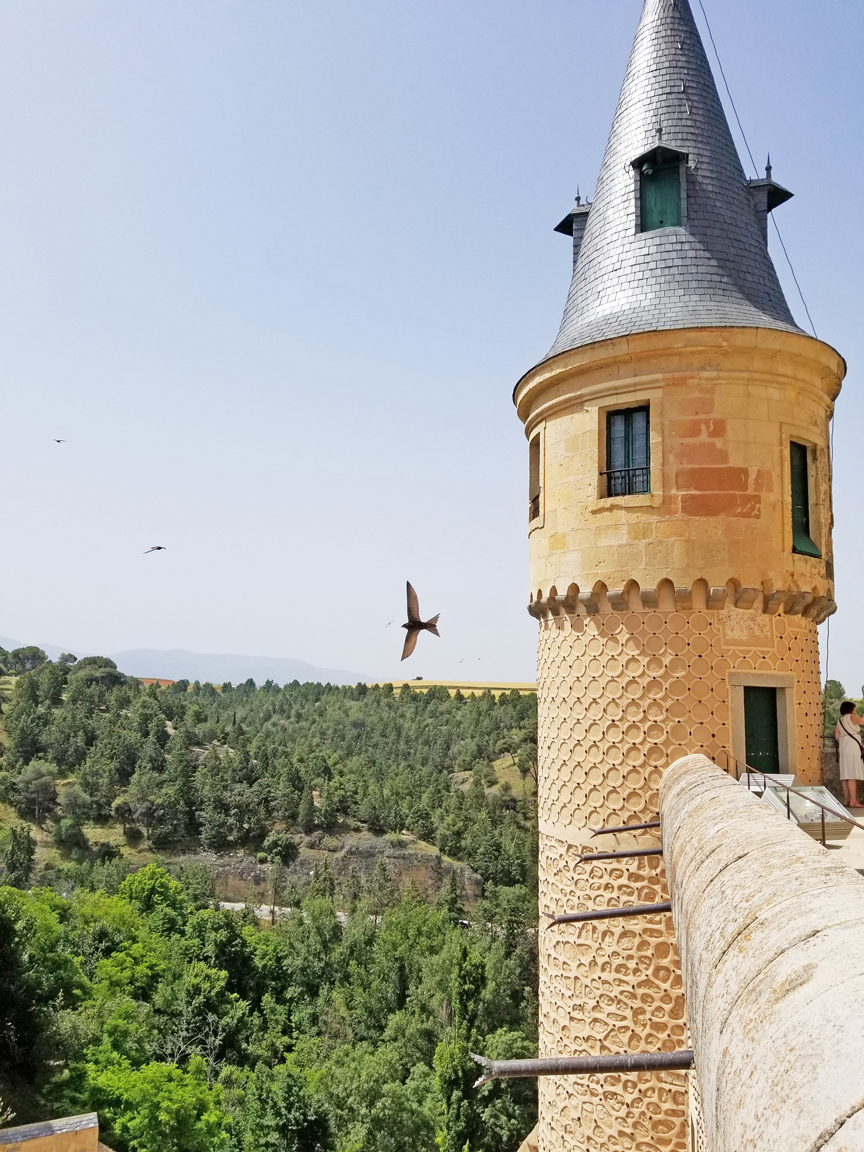

Once it was time to climb back down, I looked for lunch. The highly-rated but reasonably-priced place I'd decided upon (Meson Don Jimeno) was closed for summer vacation, so I went for a hole in the wall next door that advertised cochinillo for one. The pork was alright, but the gazpacho I had for my first course was better.


Next up was Segovia Cathedral, the last Gothic cathedral in Spain. Segovia's original cathedral was located directly across from the Alcazar. It was destroyed in the revolt of the Comuneros in 1520-21. After Isabella died, the next in line for the crown of Castile was her daughter Juana "la Loca". There's a discussion to be had about how truly "loca" Juana was - as a child, she was essentially tortured at the order of her parents after exhibiting skepticism about Catholic dogma. She was married off to Philip, a Habsburg prince in the Netherlands. Her older siblings and their offspring died before her mother, and while that should've meant Juana was in charge, her husband and father ended up fighting for the Castilian crown.

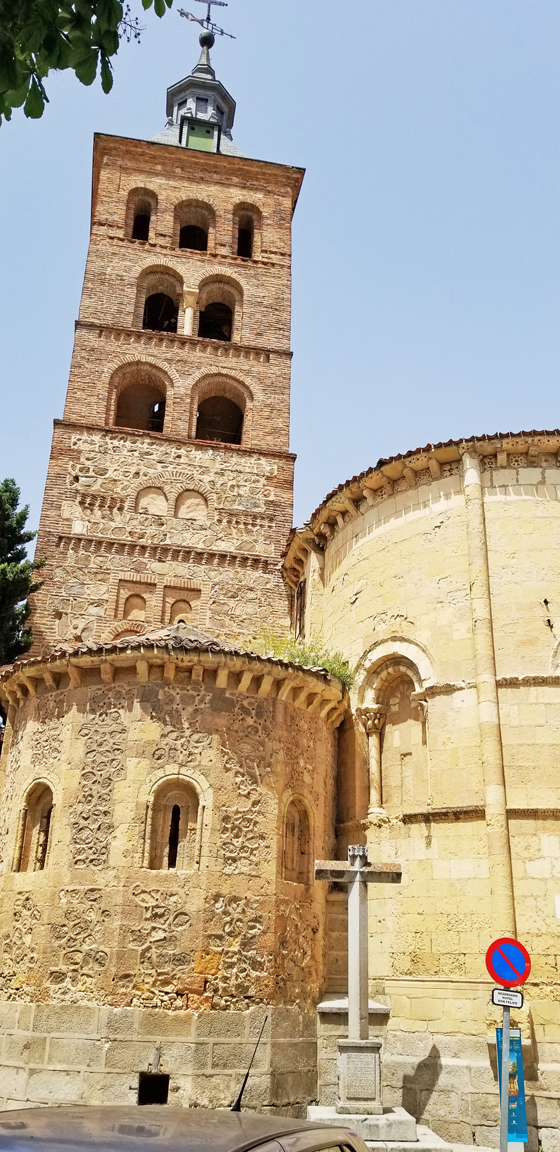

Ferdinand eventually gave in and returned to Aragon, but Philip died soon after (some speculated he was poisoned by his father-in-law). Ferdinand then served as regent until his death, when Juana's 16-year-old son, Charles, stepped in. Charles was soon busy with the task of being Holy Roman Emperor as well and wandered off to deal with that. The local city councils rebelled in his absence, proclaimed Juana their queen, and sparked peasant revolts. The Royal Guards ended up using Segovia's old cathedral to protect the Alcazar and it was pretty thoroughly torn apart by the end of the conflict. Charles quickly had a new cathedral built, Gothic like the old one - though that style was out of date at the time - to help the people forget that little incident ever occurred.


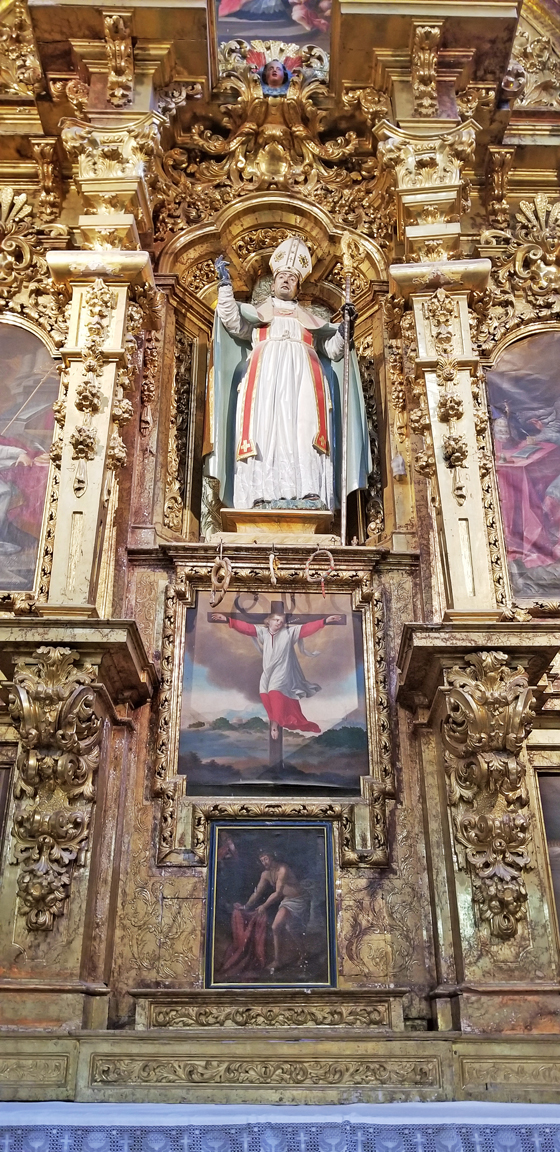

I thought it was really interesting how Segovia is restoring the chapels in stages, thanks to tourist dollars - color-coded charts within the cathedral map out what they're planning on tackling next. From an artistic standpoint, the most memorable feature of the chapels was a painting of death chopping down a “tree of life”. People continue to party in its leafy branches as a worried-looking Christ rings a warning bell. There were also kids drawings posted in the cloisters. Many featured the various deeds and miracles of Saint Alonso – “San Alonso and his Girlfriend” by a five-year-old was my favorite.

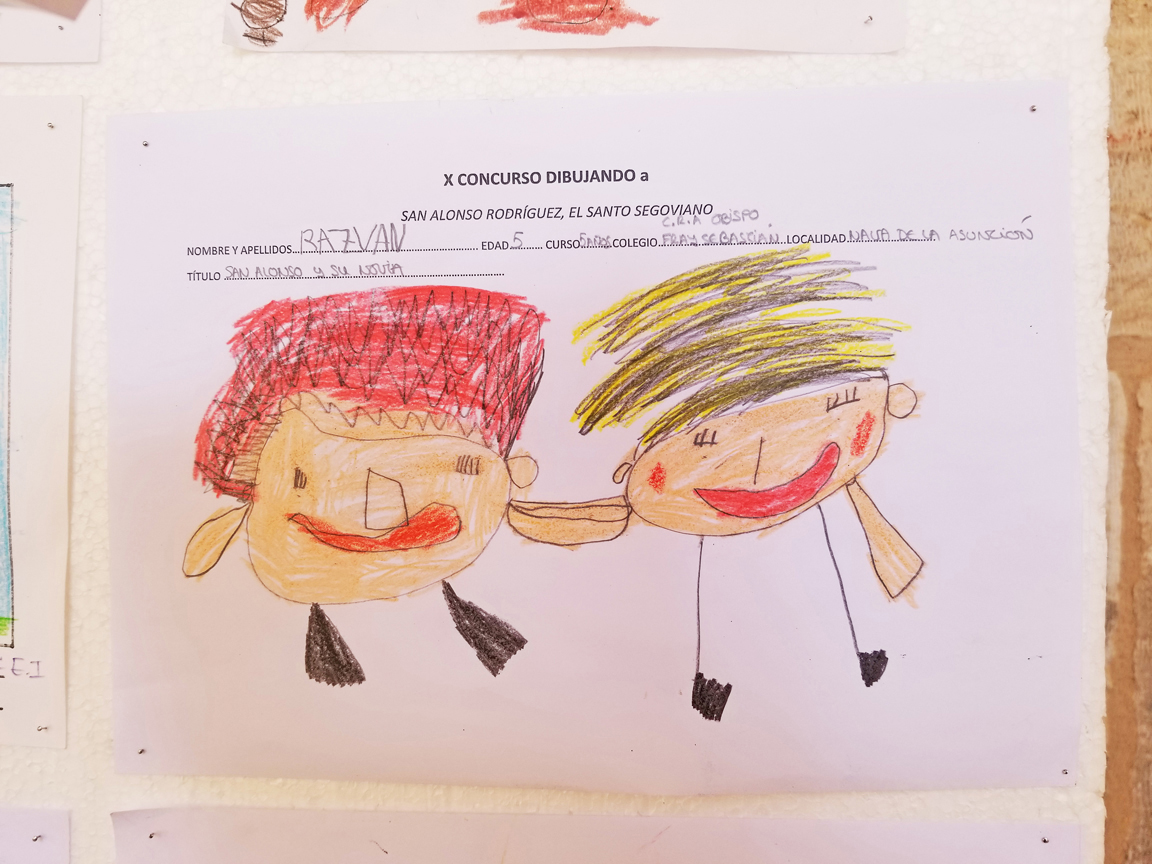
I took my time wandering back down through the town to the aqueduct. The narrow streets had just enough shade to be pleasant and the building facades were interestingly decorated. I made a brief stop for a caipirinha popsicle that was refreshing, but didn’t really taste like a Caipi.
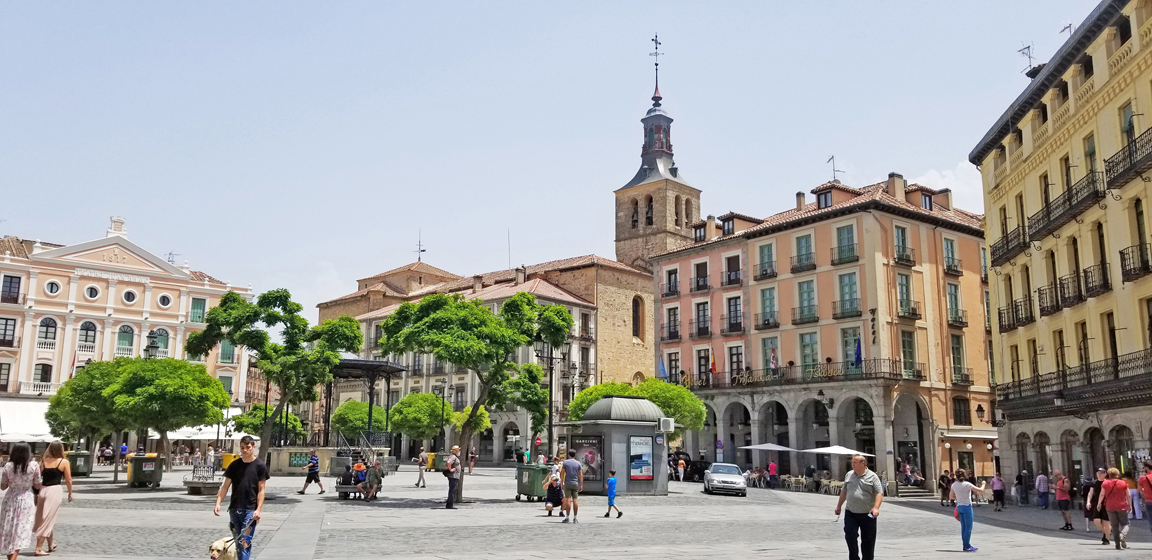

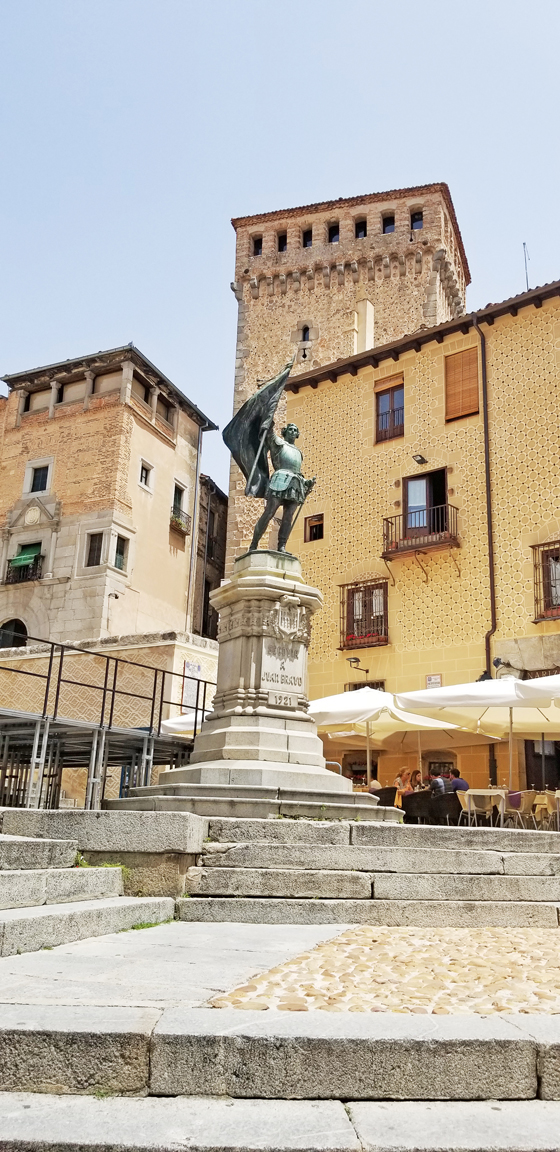

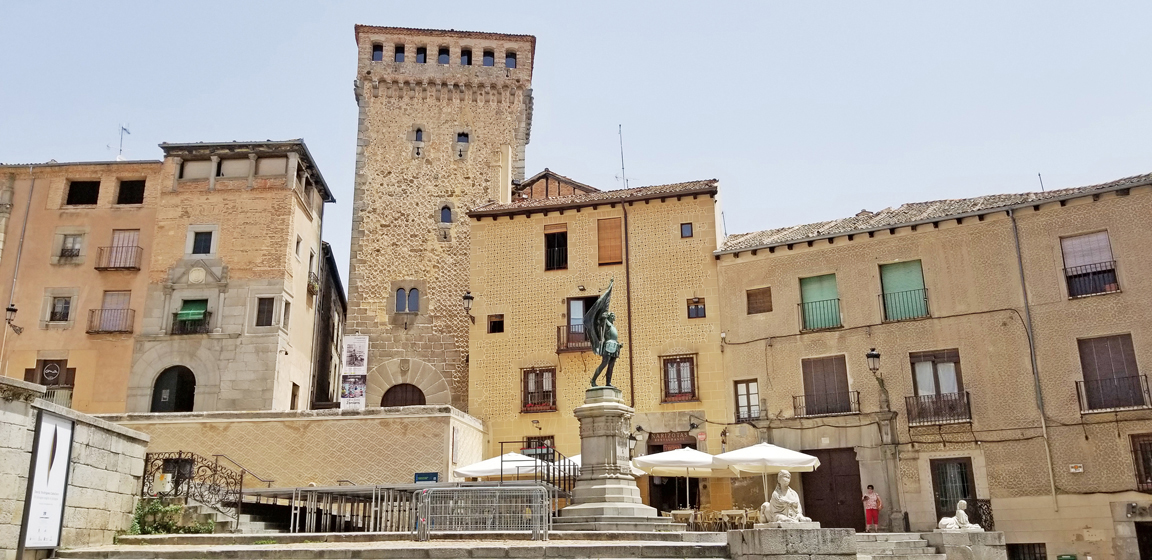

While most of the buildings have designs stamped into the walls, the Renaissance-era Casa de los Picos features pyramids poking out of its facade. A puppeteer was performing in the nearby square, making his marionette play a tune on a tiny violin. (Segovia hosts an international puppet theater festival each spring.)
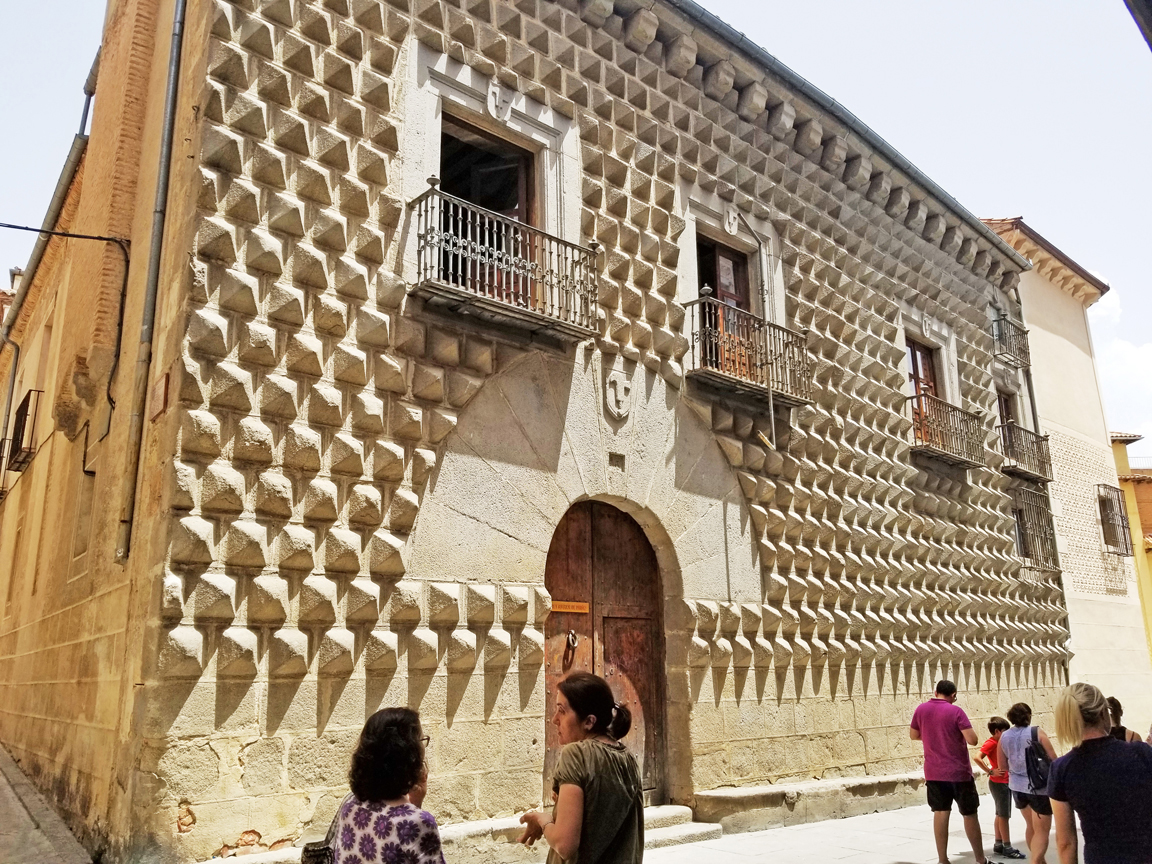
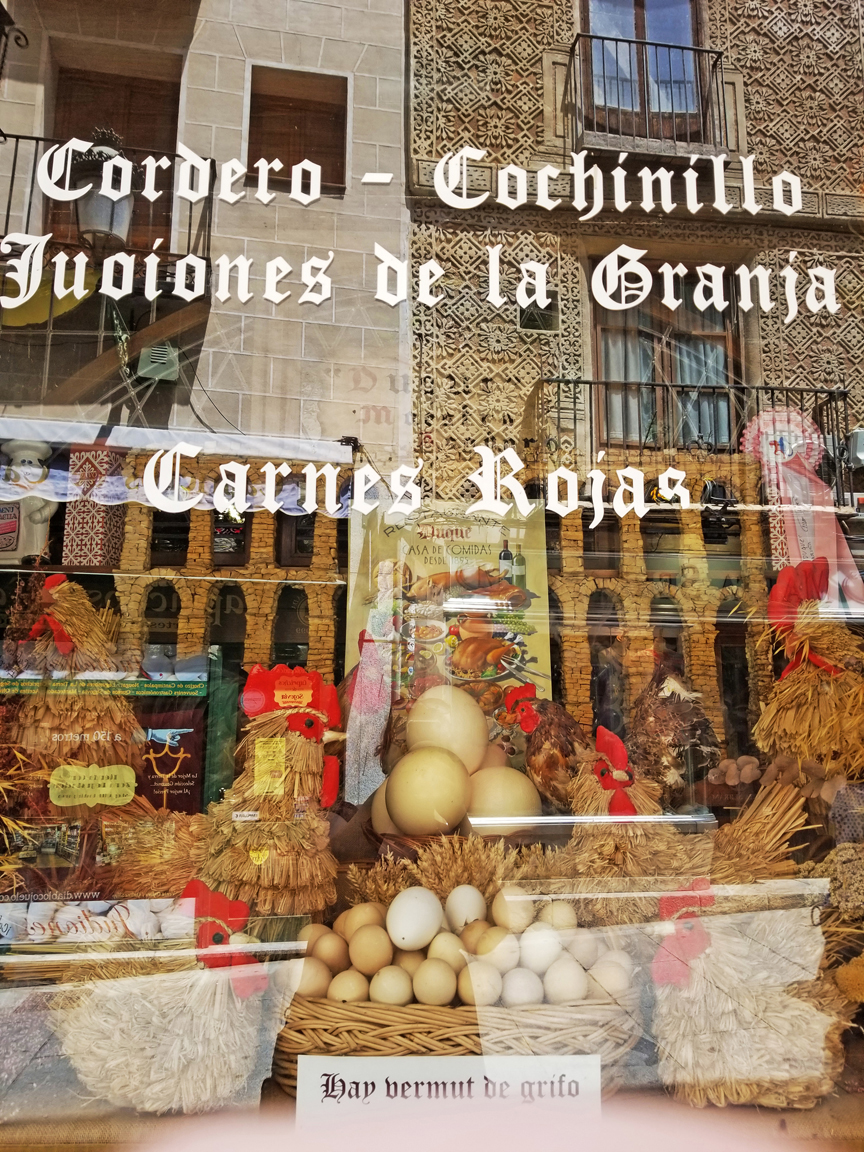

As I got down to the the Roman Aqueduct, a stage was being set up for a concert that evening. While it was sure to be an amazing setting, the stage and scaffolding wasn't great for pictures. The Aqueduct was built of granite in the late 1st or early 2nd century, without mortar, and was used through the 1800s. It's over 170 feet tall, with elegant arches, the tallest being 29 meters high. (Way to mix my metric and imperial systems, woo-hoo!) You can find a Romulus and Remus sculpture near the base, a gift from Rome commemorating the structure's second century. Not too shabby.


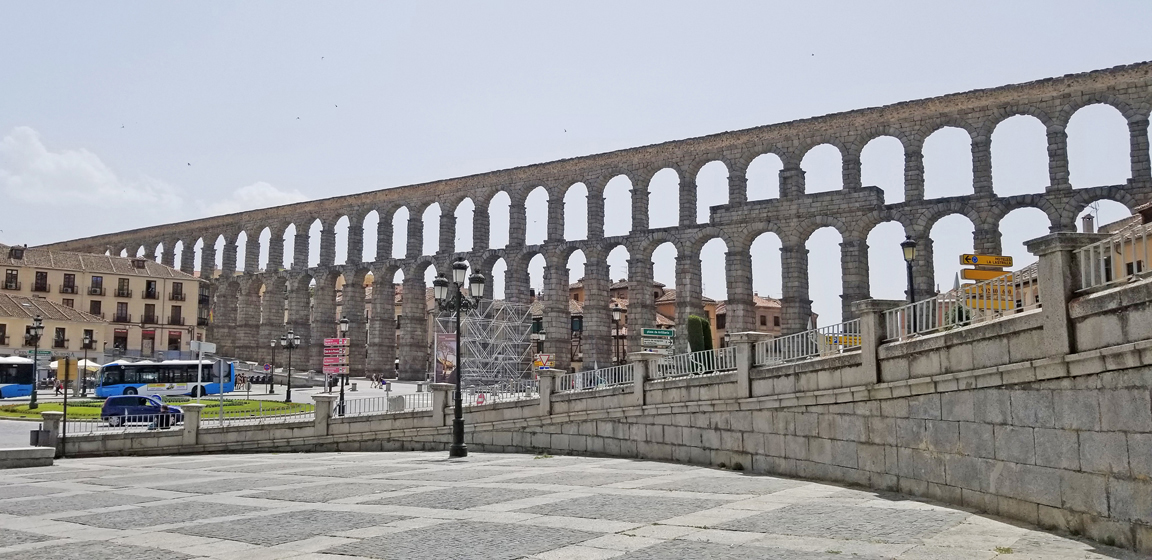
Returning to the bus stop, I had barely enough time to grab a water at Burger King before catching a bus. At the station, was able to buy a ticket for a train arriving within 30 minutes. Overall, it was a really great, easy day out and a wonderful way to wrap up my Spanish summer excursions.
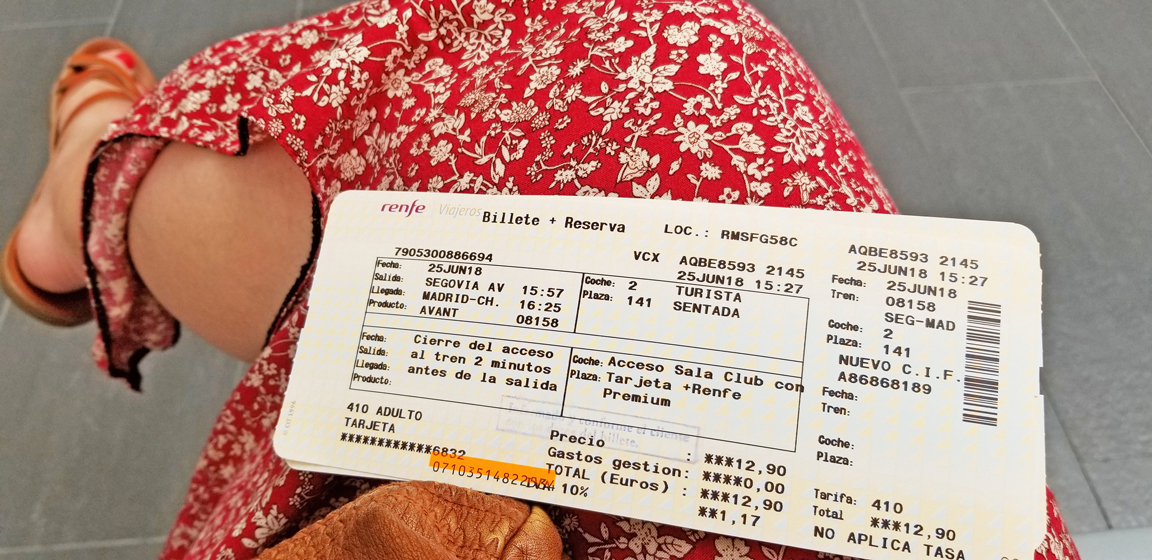
Comments
Post a Comment